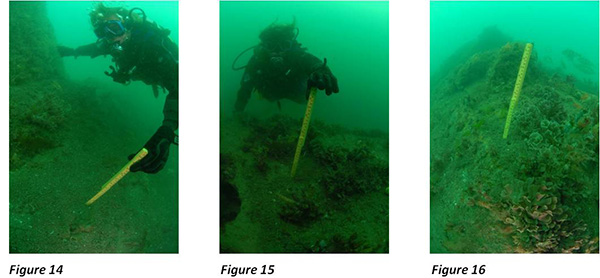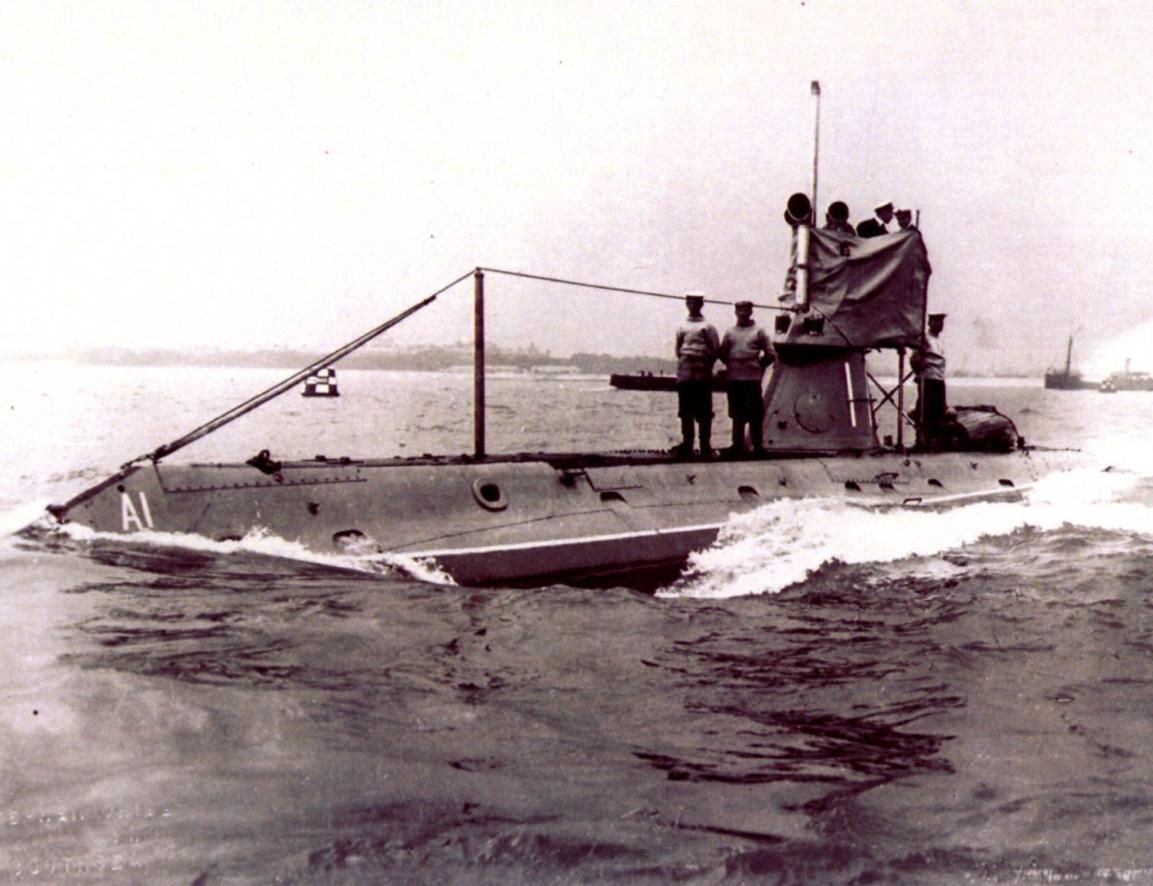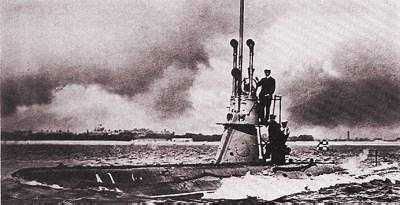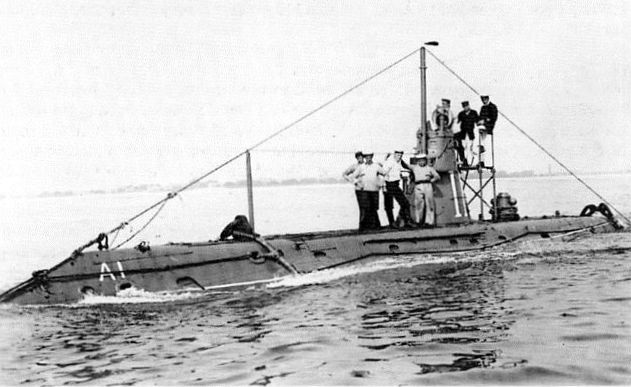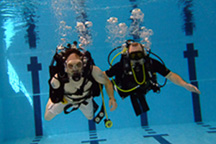Club Diving
Members of Southsea Sub-Aqua Club frequently dive along the South coast of England and have dived much of the rest of the UK and around the globe. The pages linked below provide some useful local information, as well as samples of what our members have done or are doing.
HM Submarine A1 Report 2010
- Details
- Category: HM Submarine A1
The following is an abstract of the 2010 report on the wreck of HM Submarine A1 submitted by the Licensee (our own DO, Martin Davies).
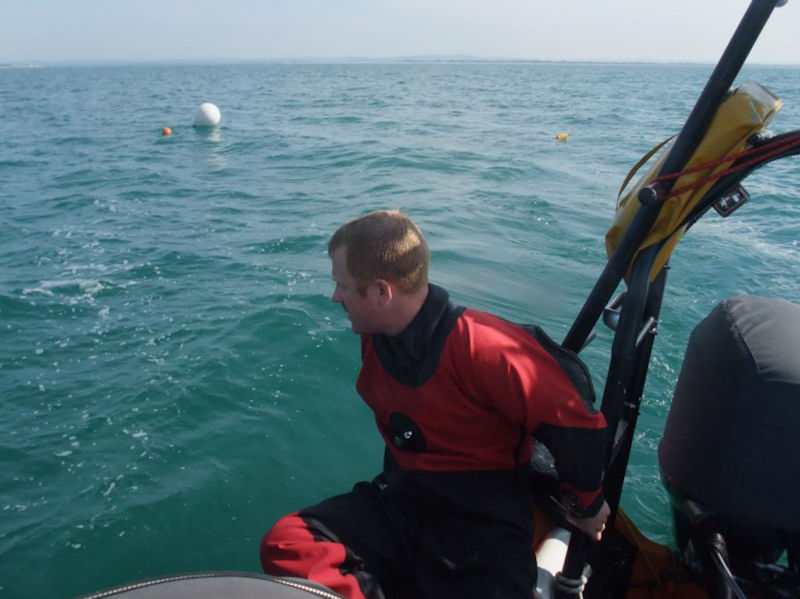
Research
This year has seen more research into the sinking of A1 and documents from National Archives have been studied in order to gain more knowledge about the submarine, the initial sinking with the Berwick Castle and how it came to its final resting place.
HM Submarine A1 Report 2009
- Details
- Category: HM Submarine A1
The following is an abstract of the 2009 report on the wreck of HM Submarine A1 submitted by the Licensee (our own DO, Martin Davies).
There are varying degrees of sediment build upon and in the wreck, but from the measurement points taken the general levels on the outside of the hull ranges from 1/4" to 1½", this is highly mobile sediment that is disturbed very easily by the slightest movement of water.
Figure 14 shows the sample area on the port side just below the Conning tower, Figure 15 shows the sample area forward of the torpedo loading hatches and Figure 16 shows the sample area to the rear of the conning tower.
HM Submarine A1 Report 2008
- Details
- Category: HM Submarine A1
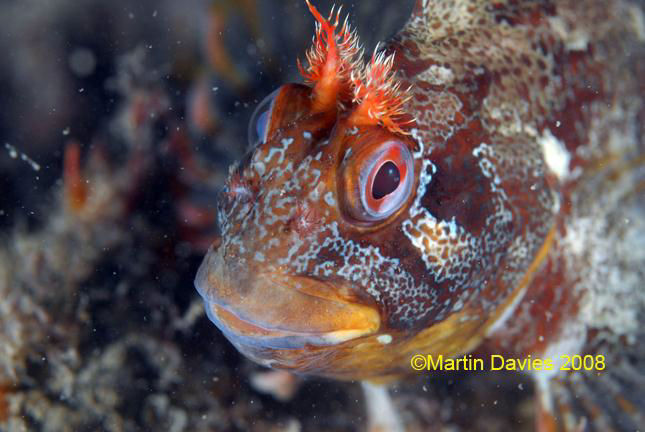
Extract from the report:
NAS Heritage Day 25 July 08
This involves a full day, made up of a visit to the RN Submarine museum at Gosport followed by a dive on HMS A1. It is difficult to arrange suitable dates as the tide is critical and there needs to be sufficient time for a visit to the submarine museum. There are very limited opportunities to arrange the event during the summer months when the visibility is generally at its best on the site.
This event was attended by 10 people and the day counts towards their Part 3 Qualification. In addition a freelance writer for Sports Diver attended the day and subsequently a full feature was published in Sport Diver magazine which promoted diving on the site.
I took the opportunity to examine one of the anomalies recorded in the Wessex Archaeology report and found it to be a large boulder around 10m from the starboard bow. I was also able to video the wreck on this opportunity. As a result of leaving the wreck and doing a sweeping search more items of debris have been observed in the seabed that look as if they were part of the main structure.
HM Submarine A1 Report 2007
- Details
- Category: HM Submarine A1
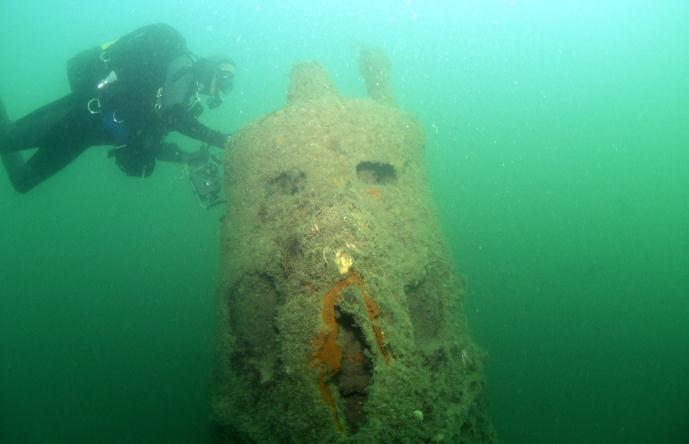
Extract from the report...
Diving Activities
Poor weather in April, May and June limited access to the site. The preferred window for diving is on a neap tide and on the flood. The unusual currents in the area mean that we have to look for a High Water neap and plan dives for 2.5 hours before HW(Portsmouth) These unique requirements limit the opportunities that are available to dive the site, especially at weekends. In Bracklesham Bay, where the wreck lays, the sea bed is mainly silt/clay and this has gradually built up inside the wreck since the hatches have been removed. Diving on the ebb tide has the added difficulty that weed and debris from Chichester harbour is in suspension around the wreck or passing by in the current making visibility even worse.
There were 2 NAS days comprising a brief at NAS (Fort Cumberland), a dive on A1 followed afterwards by a visit to Submarine Museum at Gosport. These Heritage dive days were very successful. There was a lot of interest and positive feedback from the event. Initially, 1 Charter Boat booking with Wight Diver but an additional day added to meet demand.
The other dives were completed using Southsea Sub-Aqua Club’s (SSAC) RIB and an SSAC charter booking with Wight Diver.
HM Submarine A1 Report 2006
- Details
- Category: HM Submarine A1
Extract from report:
For 95 years A1 has been resting in the murky waters of the Solent and has been subjected to strong tides that flow around that area. Despite this the wreck today is in remarkable condition when you compare it to other submarines in the area. It is intact and upright on the bottom in 14 metres of water. It actually still looks like a submarine. The pressure hull being the strongest part of the vessel is complete, however the outer casing has long gone and no longer visible, and this would have formed a walk way along the length of the submarine also shielding some mechanical drive gear such as the front opening torpedo hatch drive shaft, see photograph 2. The wreck appears to be laying roughly North South and its bow slightly proud of the seabed, whilst the stern has slowly sunk into the mud of the seabed. A scour is present around the bow area and has become a collection point for empty shell fish cases.
Subcategories
Local Diving Information
![]()
Over the years our club has used a variety of local facilities to help us go diving. There are also a variety of different dive sites available to meet the needs of divers with a wide range of experience and interests.
- Boat Charters
- Launch sites
- Dive Shops (Gas & Gear)
- Inland diving
- Shore Dives
- Boat Dives
- Charts, tides & weather
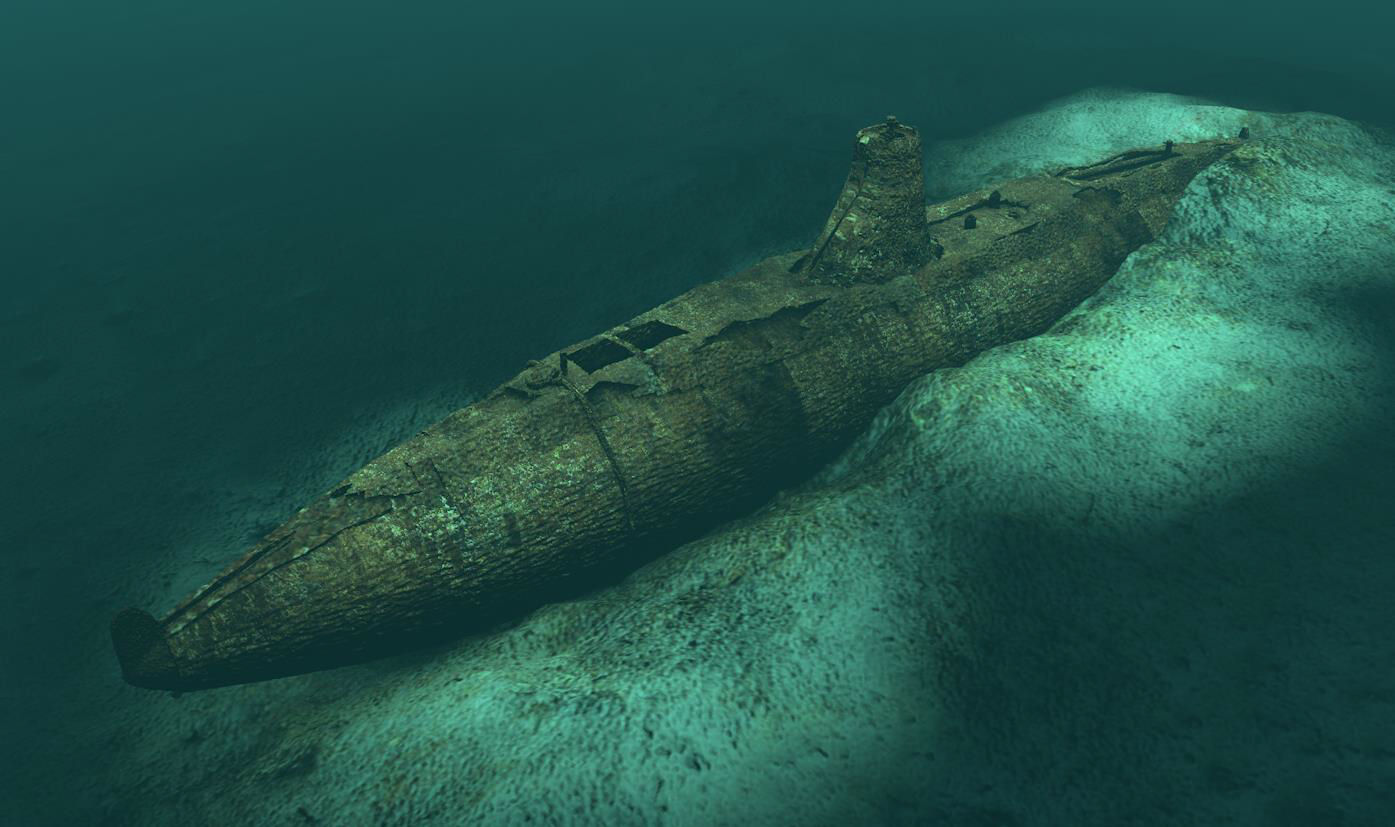
We are lucky to be located in the middle of the south coast. The local area offers the possibility of a range of diving from shallow easy dives for a trainee diver, to deeper, more challenging dives for the experienced mixed gas diver. The sites are often based around a wreck, with a few gullies or reefs too. The wrecks include a wide range of crafts. They are not limited to just shipwrecks from both wars, even if these are the more common. We have a range of historic sites including the Mulberry Harbours, Tanks & Bulldozers, aircraft, and submarines. There are a few protected sites too, such as the HMS A1, HMS Invincible & Thorness Bay protected wrecks which are diveable with the permission of the respective Licensees.

Sealife varies from season to season. It includes things such as sponges, pink fan coral, Pollack, blennies, pipefish, common starfish, painted top shells, whelks, mussels, oysters, scallops, cuttlefish, dogfish, wrasse, a variety of crabs, lobsters, eels, rays and many flatfish. If you are lucky, then you may be accompanied by a pod of dolphins on your way to the dive site!
Picking the right conditions can be tricky. The Solent Ooze covers some areas and can contribute to the debris floating in the water column. It isn’t helpful when the dredgers are busy improving the local harbours which would otherwise silt up. There are a couple of dumping grounds, the most popular being just south of the Nab Tower to the east of the shipping channel on the east side of the Isle of Wight.
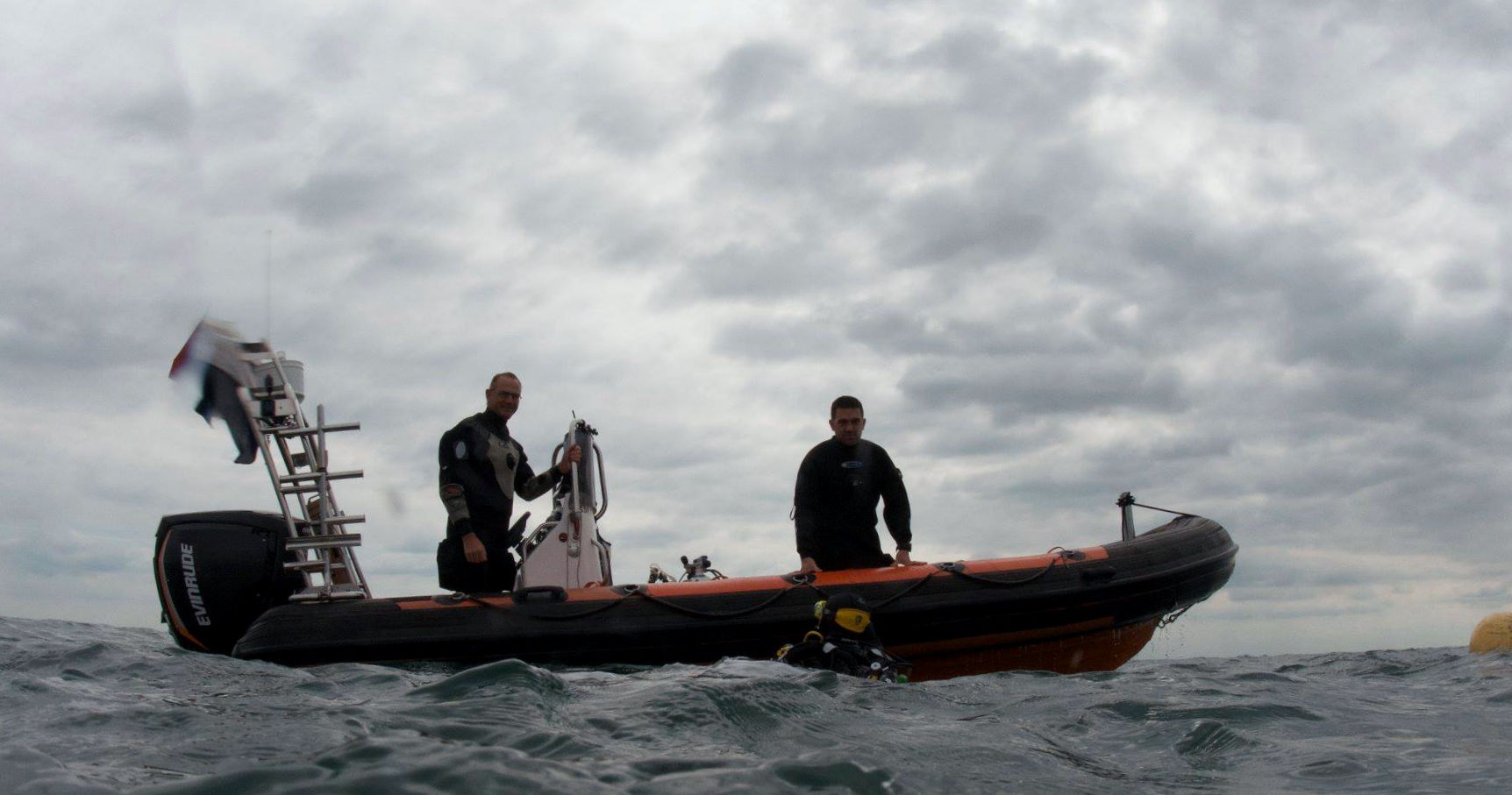
The local tidal forces are unique. The Isle of Wight has an effect and when the conditions are right, you can get a double high tide. This can make planning slack water “interesting” at times. Some areas are better dived at low water slack, whilst a few are better dived at high water slack. There are a handful of drift dives, but most diving is best completed on slack water.
Guides such as “Dive Isle of Wight and Hampshire” or “Dive Sussex” are useful for identifying many of the local dive sites. They haven’t been updated for a few years and there are several errors in many of the listed sites as a result of time and more up to date information becoming available. For more accurate GPS marks, it can be better to use the website https://www.wrecksite.eu/ .
![]() Return to the Local Diving info page...
Return to the Local Diving info page...
Trip Reports

Members of Southsea Sub-Aqua Club often plan a weekend, long weekend, week or longer trips together to a variety of places either in the UK or abroad. Sometimes a member of the group will put together a diary or report and illustrate it with some images of the holiday. Often too they'll include a little humour as well. Below are some diaries and reports of what they got up to on a few of the trips. Many are holidays and a few are about the expeditions or projects which members have been involved with too.
Diving Projects
Britain has relied upon the seas surrounding her for many millennia. Whether it has been for fishing, the import and export of goods, travelling and exploration or for protecting her shores from potential invaders. Occasionally a craft has failed to complete its journey and has sunk below the waves, leaving a wreck. More often this has been caused by a storm at sea, but can also have been caused by an accident (i.e. collision), navigational error or through warfare.
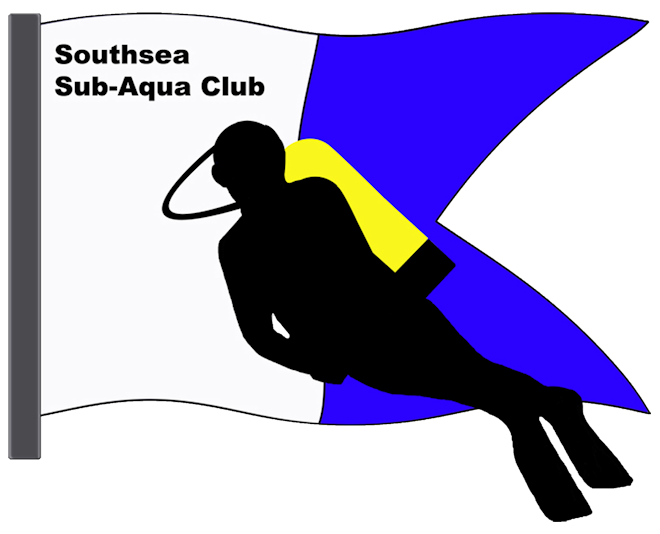
Southsea Sub-Aqua Club has a long history of wreck site investigation, the most well-known being "Project Solent Ships" which directly led to the discovery of the Mary Rose, but we didn't stop there. Over the years the Club has developed an association with a number of local wreck sites and some off the Normandy coast.
The projects involve a number of different types and ages of wrecks. They include ships, landing craft, aeroplanes, Mulberry harbours, armoured bulldozers and tanks from the two World Wars, as well as older wrecks, much older.
Today there are various courses available to help divers to record the sites and various members have completed such courses. They may have been completed within the club or through other organisations, such as the Nautical Archeology Society (NAS) or a University.
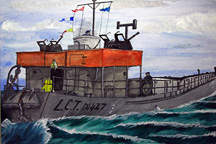
Some techniques have changed over the years as new technologies have become available. Where once an accurate sketch may have been sufficient, today you'll often find people still using tape measures and underwater slates, but also you'll find some using underwater cameras to help produce stills, video and 3D images. Often local and national news services have become interested in the stories of the projects too.
The articles below provide links to the various projects. They include photos and drawings of the sites, a record of the kind of life observed by the teams as well as some history to help bring them back to life.


